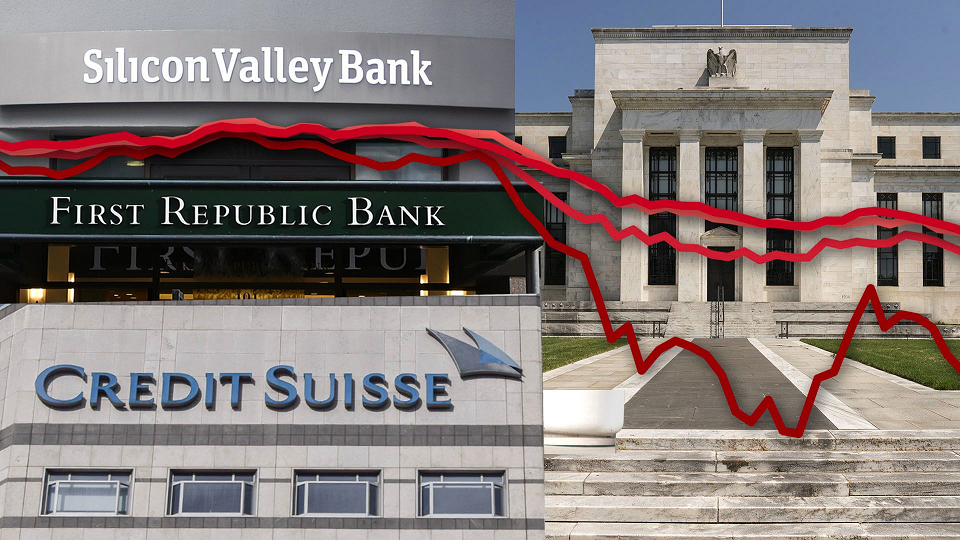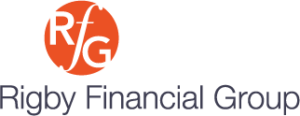The Cost of Money for Closely Held Businesses

Closely held businesses have had a rough four years, haven’t they? We all know the impacts of the COVID pandemic hit small businesses harder than large businesses, which were more likely to be designated “essential” during lockdowns than small ones.
And given the economic uncertainty of 2020, credit became more challenging. We all hoped that things would get easier as society returned to “normal” (whatever we thought that meant). And for a tiny while, they did.
However, since the last quarter of 2021, banks have gradually tightened credit, then more rapidly due to several factors, but they have instituted tighter lending practices principally due to rampant inflation.
Inflation = Federal Reserve Interest Rate Hikes
 In response to high inflation (between 2021 and 2024, cumulative inflation for this period is just under 16%), the Federal Reserve (Fed) raised its core interest rate 11 times, jumping it from 0.25% to the current rate of approximately 5.5%.
In response to high inflation (between 2021 and 2024, cumulative inflation for this period is just under 16%), the Federal Reserve (Fed) raised its core interest rate 11 times, jumping it from 0.25% to the current rate of approximately 5.5%.
Despite inflation recently easing somewhat (the current consensus prediction for 2024 is for inflation of 2.7%, raised from the 2.4% predicted in March of this year), the rate is still well above the 2.0% inflation the Federal Reserve considers appropriate; therefore, no relief has been given through the Fed’s last policy meeting ended May 1, 2024. However, the Fed recently telegraphed that a .25% to .50% rate cut was likely in September.
This means that money costs exponentially more for the banks that lend it, and therefore, they charge borrowers more. As of the third quarter of 2023, the average bank interest rate on an urban small business loan was 7.71% for fixed-rate loans and 8.98% for variable-rate loans.
Even the U.S. Small Business Administration (SBA) rate for a 25-year loan under the 504 program (this program provides long-term fixed-rate loans to small businesses for major fixed-asset purchases; the maximum loan amount is $5.5 million) is 6.351%.
Bank Collapses
 As if inflation coupled with interest rate hikes weren’t enough to cool bank lending enthusiasm, 2023 represented a historic year for bank failures. The U.S. saw the collapse of 5 FDIC banks – including three of the most significant failures, in terms of assets held, in the nation’s history:
As if inflation coupled with interest rate hikes weren’t enough to cool bank lending enthusiasm, 2023 represented a historic year for bank failures. The U.S. saw the collapse of 5 FDIC banks – including three of the most significant failures, in terms of assets held, in the nation’s history:
- First Republic Bank, representing $212 billion in assets held;
- Silicon Valley Bank, representing $209 billion in assets held; and
- Signature Bank, representing $110 billion in assets held.
Last year, we also saw the failures of two additional U.S. banks – Heartland Tri-State Bank and Citizens Bank of Sac City, Iowa (though these were smaller institutions with significantly fewer assets).
Understandably, these cautionary examples led banks to tighten both credit and lending requirements further to ensure they didn’t suffer a similar fate to those five banks.
For some small businesses, the result has been a severe nuisance and, for others, a nightmare.
Small Business Loan Headwinds
 Here are a couple of examples of the headwinds facing small business owners seeking financing assistance:
Here are a couple of examples of the headwinds facing small business owners seeking financing assistance:
- A business owner in Oregon, in business for 11 years and with over $1 million in annual revenues, was rejected in 2023 for a $50,000 loan at three banks, including one with whom he had a current line of credit in good standing. He ended up using personal credit cards for financing.
- A business owner in Colorado saw the interest rate on his $150,000 line of credit almost double – from 6.99% pre-COVID to nearly 14% in 2023. Equipment purchases and software upgrades have had to be postponed as a result.
In the first example, the business owner tapped his credit card to finance the business opportunity he wanted to pursue. While we would not recommend this as a blanket solution, it does lead to consideration of:
Alternative Business Financing
 Where there’s an opportunity for a good investment and/or profit, there are always those ready to pick up the slack. The catch is that some alternative financing options for small businesses operate on predatory terms – or near to predatory.
Where there’s an opportunity for a good investment and/or profit, there are always those ready to pick up the slack. The catch is that some alternative financing options for small businesses operate on predatory terms – or near to predatory.
There are genuine options for meeting small business financing needs, but be sure you pick the right one for yourself and your business.
Some alternative financing options:
- Venture capital
- Crowd-sourced financing
- Micro-lenders
- Online lenders
Again, be sure the source(s) you engage with are reputable – get others’ experiences before taking the plunge.
Suppose you are looking for small business financing. In that case, we invite you to consult with RFG – we can help you navigate your funding options, help vet any alternative sources you’re considering, and provide expert counsel on how your business should proceed.
At Rigby Financial Group, there is no such thing as “one size fits all.” Every business is as unique as its owner – we know and celebrate that fact, and tailor specific strategies and solutions to the needs of each individual and business we serve.
Small businesses represent 99.9% of all U.S. companies – and employ almost half the nation’s labor force.
These businesses and their owners deserve the thorough, individuated attention and strategic planning RFG is proud and pleased to offer. You and your business deserve this!
Please click here to email us directly – we are here to help you.
Until next time –
Peace,
Eric
